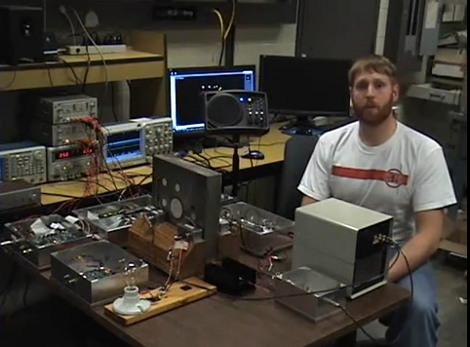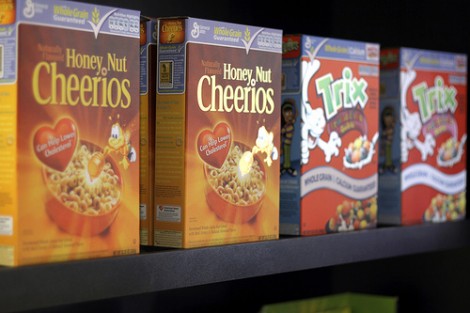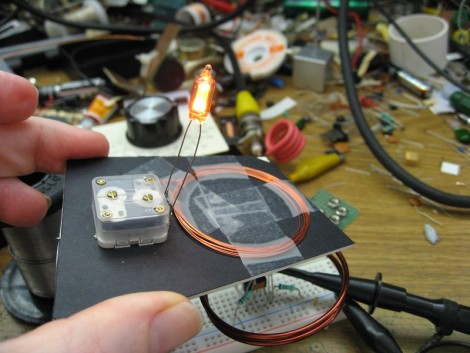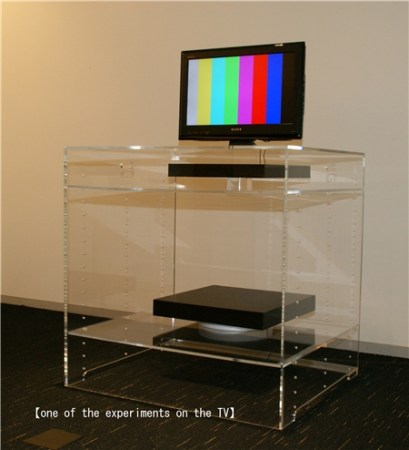![]()
Etch-a-Sketch spray-painted silver with electronics bolted onto the side? Sign us up! This art installation adds one thing that we don’t often see in these types of hacks, eerie audio.
If you’re still mining bitcoin you need to do it faster than anyone else… that’s pretty much how the whole thing works. [Lewin] has been using the Antminer USB ASIC and toyed around with overclocking to 2.2 GH/s (gighashes per second) but to make sure his hardware holds up to the overwork he hacked his own water cooling system for the dongle.
Smart phones are the best bang for your buck on portability and power. Better yet you can get slightly broken ones for a song. If you manage to find an Android device with a broken touch screen but functioning LCD try this trick to add a mouse to it. There must be another life for this in a future hack!
We have a love-hate relationship with this particular crowd-funding campaign. First this hate: It’s basically a 100% clip-art video presentation with an $800,000 ask. Yeah… good luck buddy. On the other hand, this is the type of stuff we actually want to see as crowd funding. The idea is to use modern materials and techniques to build [Nikola Tesla’s] Wardenclyffe Tower, which was designed and built to research wireless energy (both as a means of communication and actual energy transfer). It was never fully functional and ended up being demolished. Wouldn’t it be great if teams of highly skilled and motivated people took grand ideas like this, crossing every theoretical “t” and dotting every theoretical “i”, and then proposed a crowd funding campaign to build a test platform? Oh wait, that sounds very much like a government research grant. Anywhoo… check out the Global Energy Transmission’s campaign.
















